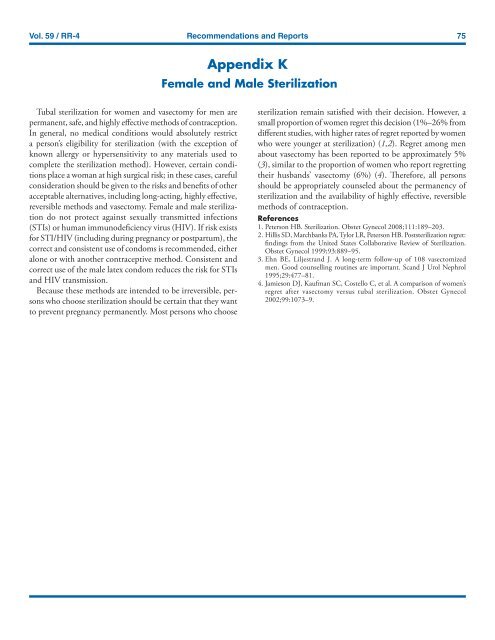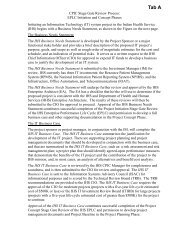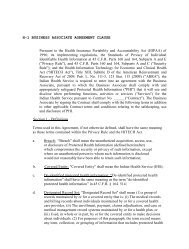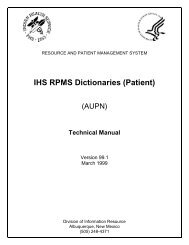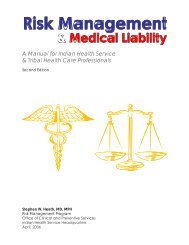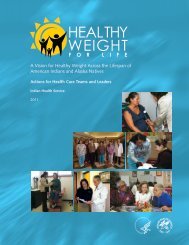CDC Article-US Medical Eligibility Criteria for Contraceptive Use, 2010
CDC Article-US Medical Eligibility Criteria for Contraceptive Use, 2010
CDC Article-US Medical Eligibility Criteria for Contraceptive Use, 2010
Create successful ePaper yourself
Turn your PDF publications into a flip-book with our unique Google optimized e-Paper software.
Vol. 59 / RR-4 Recommendations and Reports 75<br />
Appendix K<br />
Female and Male Sterilization<br />
Tubal sterilization <strong>for</strong> women and vasectomy <strong>for</strong> men are<br />
permanent, safe, and highly effective methods of contraception.<br />
In general, no medical conditions would absolutely restrict<br />
a person’s eligibility <strong>for</strong> sterilization (with the exception of<br />
known allergy or hypersensitivity to any materials used to<br />
complete the sterilization method). However, certain conditions<br />
place a woman at high surgical risk; in these cases, careful<br />
consideration should be given to the risks and benefits of other<br />
acceptable alternatives, including long-acting, highly effective,<br />
reversible methods and vasectomy. Female and male sterilization<br />
do not protect against sexually transmitted infections<br />
(STIs) or human immunodeficiency virus (HIV). If risk exists<br />
<strong>for</strong> STI/HIV (including during pregnancy or postpartum), the<br />
correct and consistent use of condoms is recommended, either<br />
alone or with another contraceptive method. Consistent and<br />
correct use of the male latex condom reduces the risk <strong>for</strong> STIs<br />
and HIV transmission.<br />
Because these methods are intended to be irreversible, persons<br />
who choose sterilization should be certain that they want<br />
to prevent pregnancy permanently. Most persons who choose<br />
sterilization remain satisfied with their decision. However, a<br />
small proportion of women regret this decision (1%–26% from<br />
different studies, with higher rates of regret reported by women<br />
who were younger at sterilization) (1,2). Regret among men<br />
about vasectomy has been reported to be approximately 5%<br />
(3), similar to the proportion of women who report regretting<br />
their husbands’ vasectomy (6%) (4). There<strong>for</strong>e, all persons<br />
should be appropriately counseled about the permanency of<br />
sterilization and the availability of highly effective, reversible<br />
methods of contraception.<br />
References<br />
1. Peterson HB. Sterilization. Obstet Gynecol 2008;111:189–203.<br />
2. Hillis SD, Marchbanks PA, Tylor LR, Peterson HB. Poststerilization regret:<br />
findings from the United States Collaborative Review of Sterilization.<br />
Obstet Gynecol 1999;93:889–95.<br />
3. Ehn BE, Liljestrand J. A long-term follow-up of 108 vasectomized<br />
men. Good counselling routines are important. Scand J Urol Nephrol<br />
1995;29:477–81.<br />
4. Jamieson DJ, Kaufman SC, Costello C, et al. A comparison of women’s<br />
regret after vasectomy versus tubal sterilization. Obstet Gynecol<br />
2002;99:1073–9.


